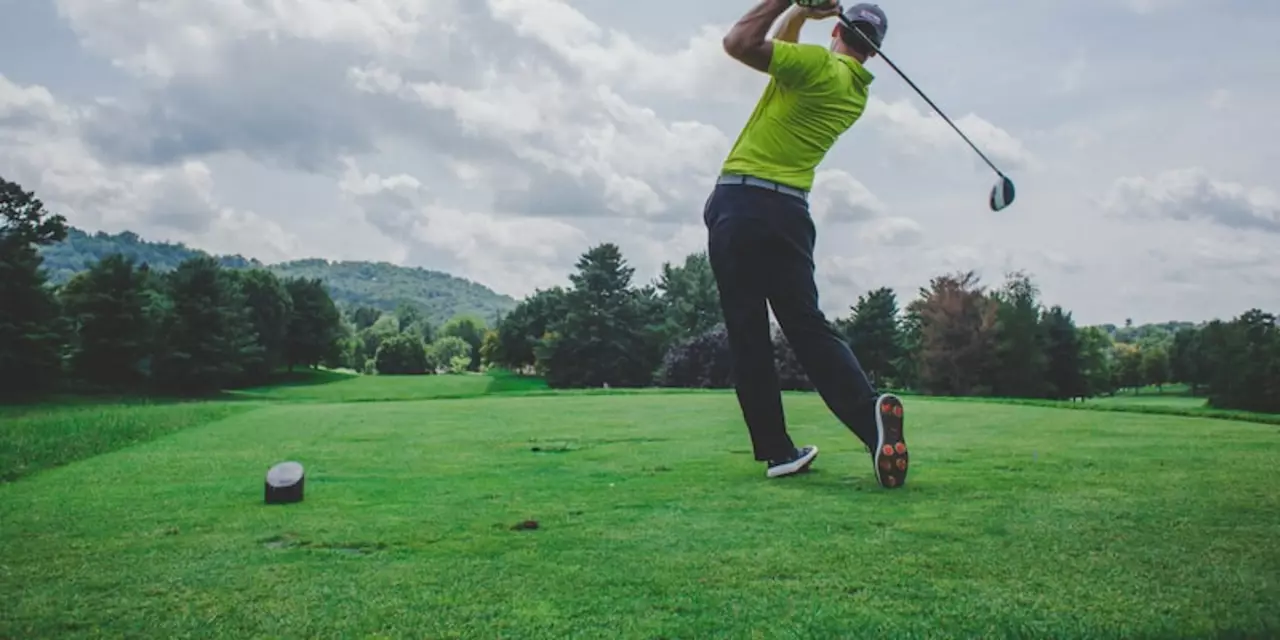Repetition in Rugby – Why Practice Makes Perfect
When you watch a top‑level match, the fast passes, solid tackles, and clean kicks look effortless. Those moments are the result of hundreds of repetitions on the training ground. At Pontypool Rugby Club we see beginners turn into confident players simply by repeating the right moves over and over.
Repetition isn’t just about doing the same thing until you’re bored. It’s a focused, purposeful practice that rewires your brain and muscles. Every time you run a drill correctly, your body stores a tiny pattern. Add a few more repeats and that pattern becomes automatic, freeing you to think about the game instead of the technique.
How Repetition Builds Muscle Memory
Muscle memory is a fancy term for a nervous‑system shortcut. When you practice a tackle for the tenth time, the nerves fire faster, the timing improves, and you use less energy. This is why players who train regularly can execute the same skill under pressure while a tired opponent can’t.
One practical way to harness this is the “10‑minute focus block.” Pick a single skill—say, a line‑out throw—and work on it for ten minutes straight, ignoring everything else. After the block, take a short break, then repeat with a new skill. The short, intense bursts keep the brain engaged and prevent mental fatigue.
Smart Ways to Use Repetition in Your Sessions
Not all repetitions are equal. Randomly running drills can lead to bad habits. Instead, follow a simple loop:
- Identify the key action. Choose a skill that impacts the game most.
- Break it down. Split the skill into three parts—setup, execution, finish.
- Repeat each part. Do 5‑8 reps of the setup, then the execution, then the finish.
- Combine. After mastering the parts, run the full skill for 10‑12 reps.
This method ensures you’re not just going through the motions. It forces you to correct mistakes early, so bad habits never stick.
Another tip is to vary the environment. Practice a pass on dry grass, then on a wet field, then in a crowded drill. The core movement stays the same, but your body learns to adapt, making the repetition more useful.
If you’re a coach at Pontypool, track repetitions. A simple notebook or a whiteboard can show players how many times they’ve completed a drill. Seeing numbers grow is motivating and creates a sense of achievement.
Finally, remember to rest. Repetition without recovery leads to burnout and injury. A good rule is 60‑seconds of light activity between intense blocks, and a full rest day each week.
In short, repetition is the engine that turns effort into skill. By practicing with intention, breaking down actions, and mixing conditions, you’ll see faster progress on the pitch. So grab a ball, pick a skill, and start repeating—your future self will thank you.
Sports are popular around the world due to their competitive nature and the excitement they provide. They involve intense physical and mental effort from the athletes, providing an outlet for the release of energy. Supporters of the game are often just as passionate as the players, which adds to the atmosphere. The repetitive nature of the actions in sports is one of the main reasons why they are so popular. This repetition creates a pattern of comfort and familiarity that keeps people coming back for more. It also allows for the development of skill and mastery of the sport, which can be very rewarding for players and fans alike.
